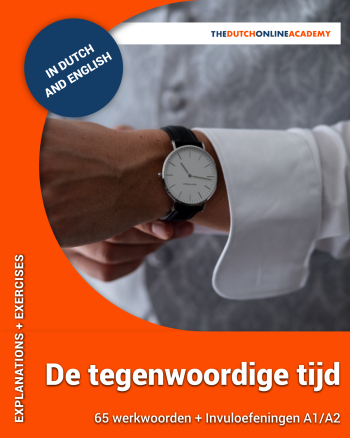Learn the theory
Om + Te for Actie + Doel in Dutch
This rule of TE is pretty easy if you know English, because in English the equivalent would be "to". This might not feel like a very satisfying explanation, because there are other forms of "te" that behave different from English. So let's dive into this one, so you learn to distinguish the different types of "te" and will be able to use all correctly!
Connect the goal to the action
Let's look at some sentences:
- Ik ga naar de bakker.
OK, great sentence. But now I want to add WHY I am going to the bakery. Let's add the goal.
- Ik ga naar de bakker om een brood te kopen.
Hey, look at that! We've easily connected two sentences by simply connecting the goal to the action using om and putting te in front of the infinitive verb.
Let's do that again.
- Wij nemen de auto om sneller in Amsterdam te zijn.
- Hij drinkt koffie om wakker te worden.
- Zij gaat naar de badkamer om te douchen.
- Ik e-mail mijn docent om een vraag te stellen.
- Mijn ouders gaan op vakantie om uit te rusten*
* uitrusten is a separable verb. "Te" comes in between the separable parts.
Now remember: om is mandatory in this construction. In some other ways we use te, om is optional or not possible.
Some ideas to keep learning
Why not learn a little more about TE in Dutch? Learn for example how to combine TE with an adjective.
comments
Login to leave a comment


